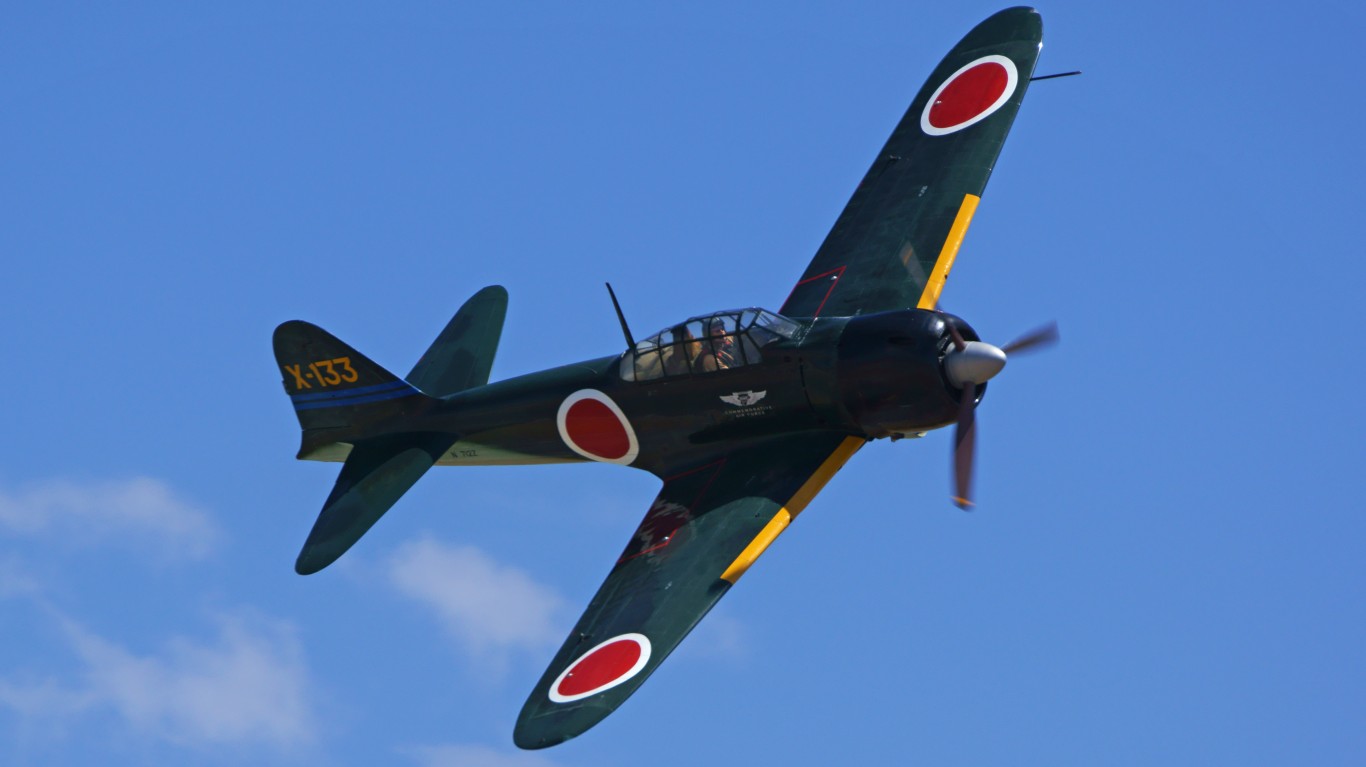
The United States was dragged unwillingly into World War II by the surprise Japanese attack on Pearl Harbor on December 7, 1941. It was part of Japan’s wider plan to dominate the entire Asia-Pacific arena. Some of the countries that bore the brunt of the Japanese occupation have long memories and still hold grudges today for the abuses they suffered. However, for many of the smaller countries of the region, China is today the bigger threat and Japanese investment is valued.
24/7 Wall St. Insights
- Japan occupied all or part of over 20 countries during World War II.
- The U.S. and its allies liberated many of the Pacific Islands in hard-fought naval and amphibious battles before ending the war with two atomic bombs.
- Also: 2 Dividend Legends To Hold Forever
1. Brunei
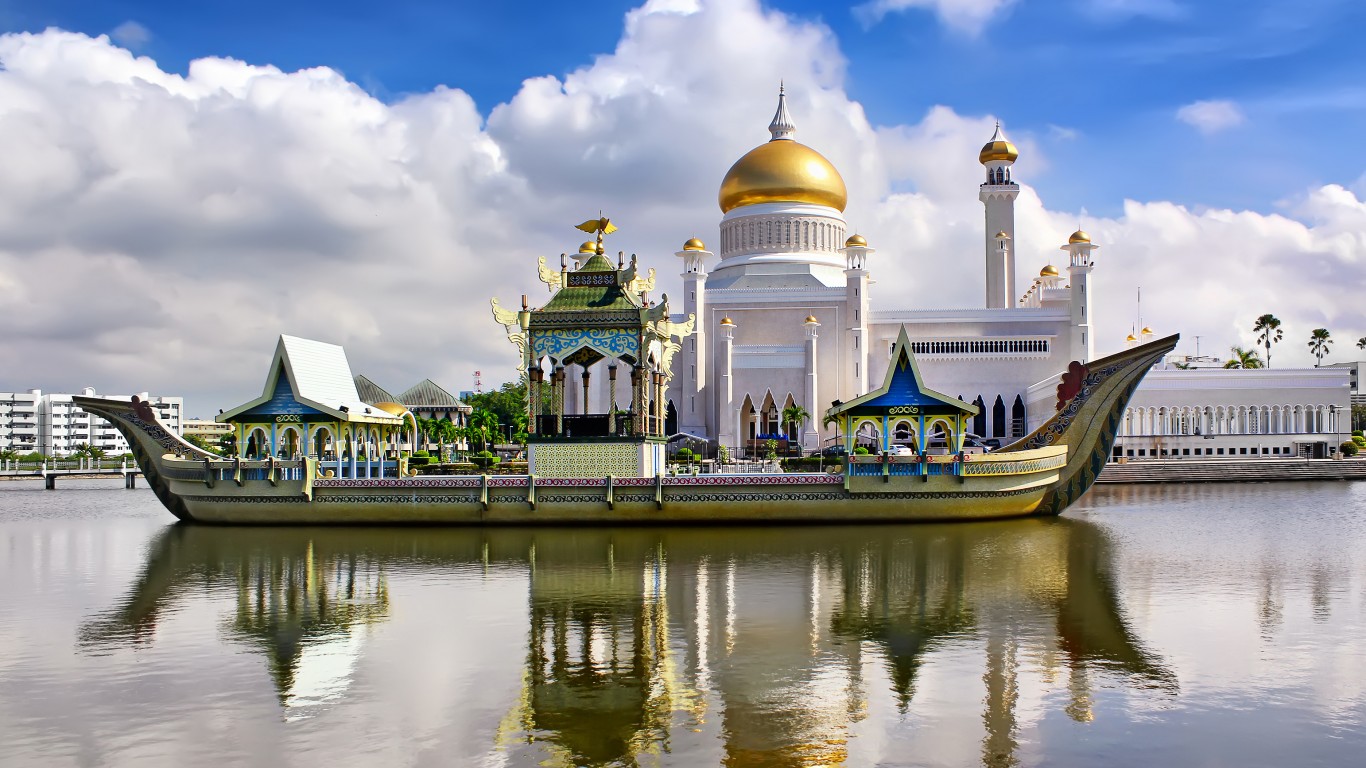
Brunei is an oil-rich sultanate on the island of Borneo, surrounded on its land borders by Malaysia. Borneo was a British colony until Japan invaded it December 16, 1941 and occupied it until June 10, 1945.
2. Cambodia
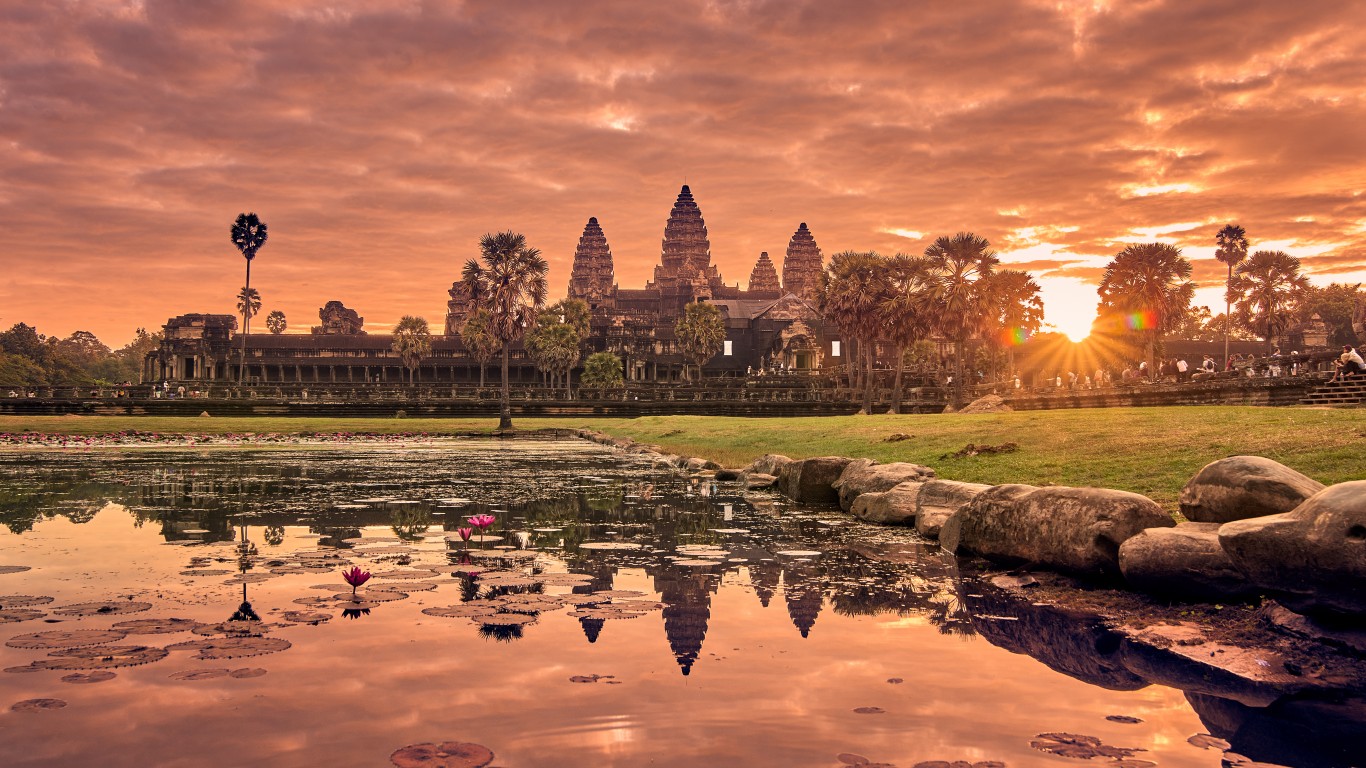
Cambodia, a part of French Indochina before the war, was under Japanese occupation from 1941-1945. After the Vietnam war it was taken over by communists.
3. China
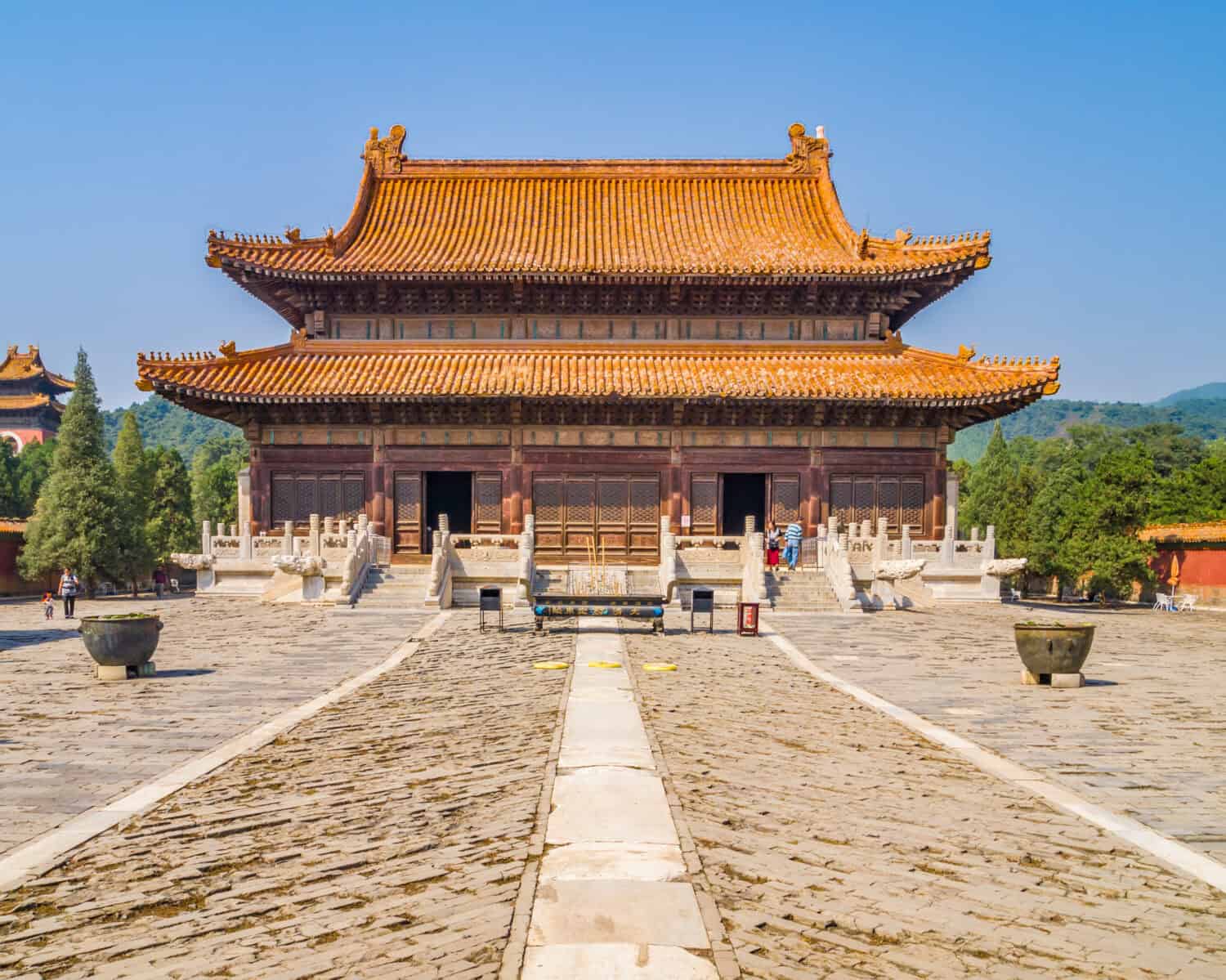
Japan began invading China well before World War II. In 1931 they took over Manchuria and set it up as a separate country called Manchukuo that was under Japanese control. In 1937 the second Sino-Japanese War broke out and Japan occupied significant parts of China until the war ended in 1945. Some of the worst Japanese atrocities of the war occurred in their brutal efforts to subdue China. Communist rebels who had been fighting the Chinese government suspended their rebellion and helped fight to defend the country from the invaders, then restarted the civil war once the country was secured again.
4. Federated States of Micronesia
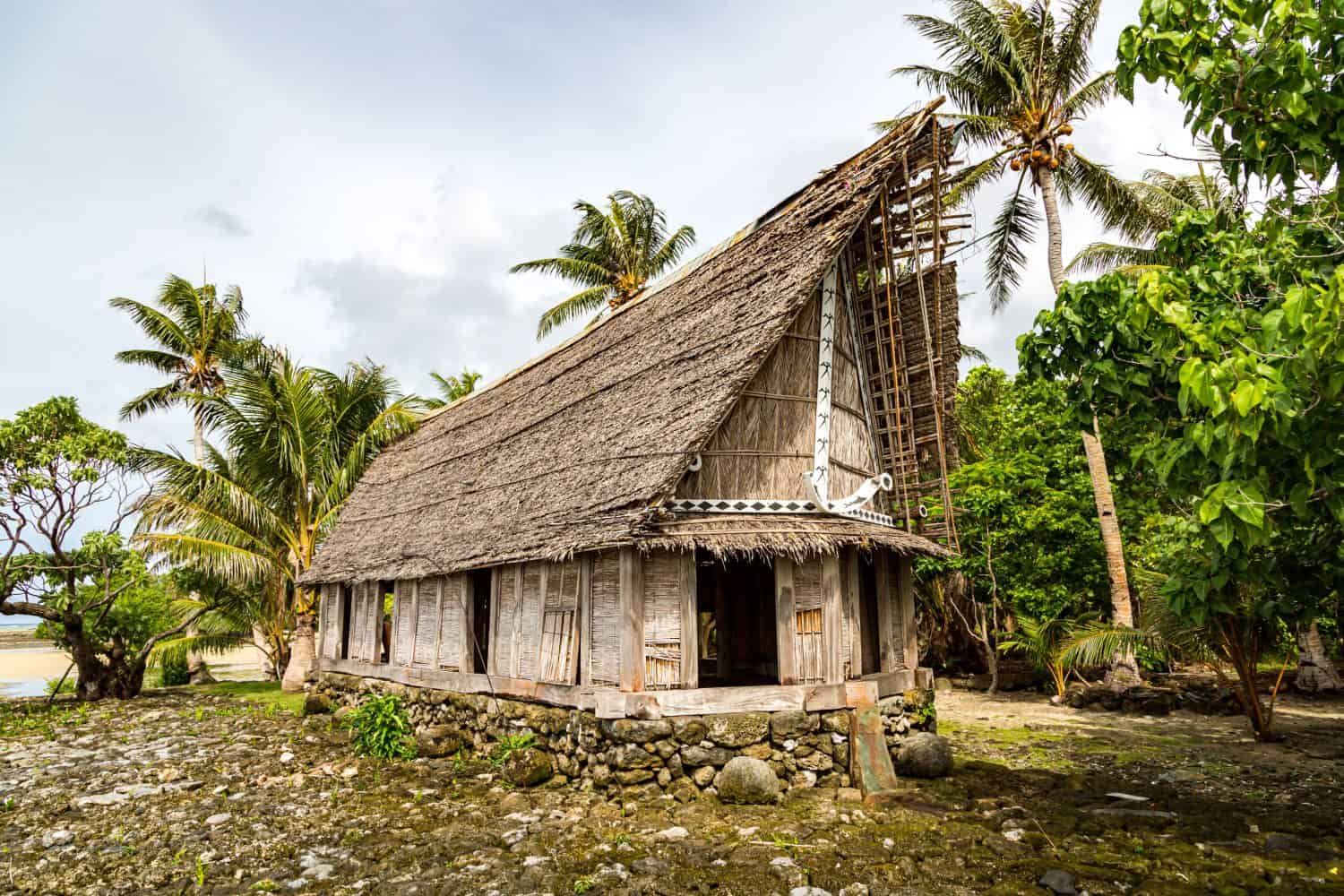
Today’s independent Federated States of Micronesia is a country consisting of over 500 different islands in the Pacific Ocean. Formerly called the Caroline Islands, they were colonized by Spain until Germany bought them near the end of the 19th century. After World War I the League of Nations entrusted them to Japan, but after World War II the United States administered them as a trust before granting independence in 1986.
5. Indonesia
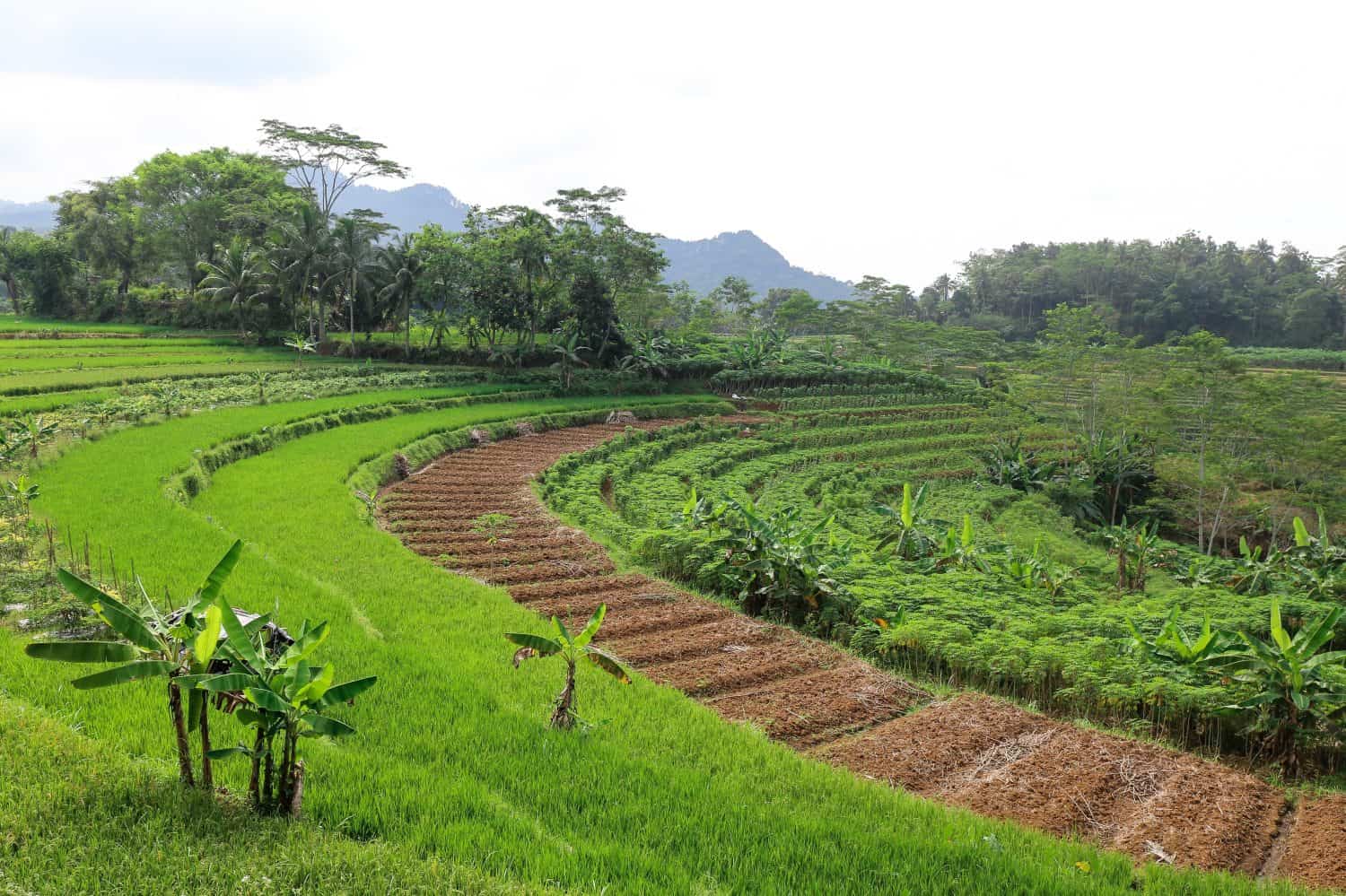
Indonesia was a colony of the Netherlands known as the Dutch East Indies. Japan occupied them from 1942-1945. They were a significant source of raw materials for the Japanese war effort but they also posed a significant threat to Australia, where Japan bombed the city of Darwin several times. Indonesia declared its independence soon after the Japanese surrender.
6. Kiribati
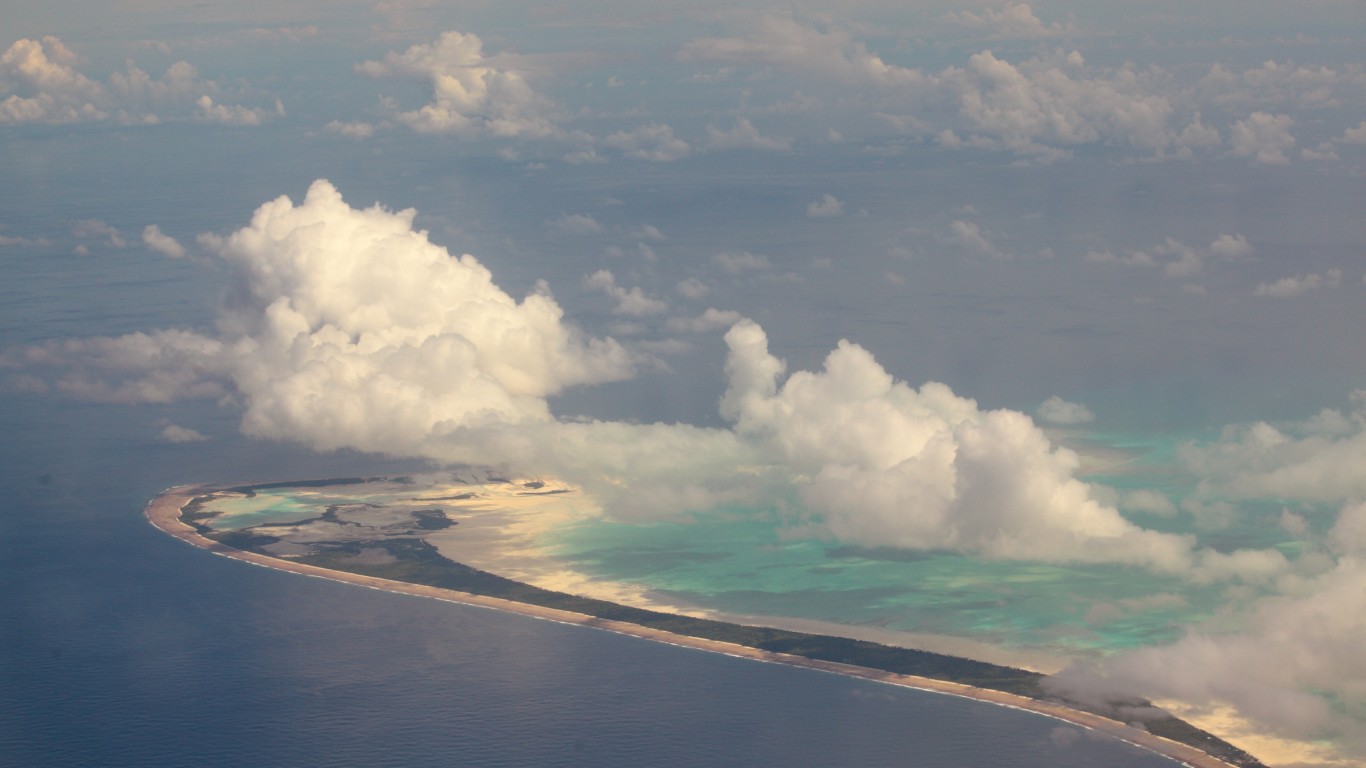
Kiribati was under British rule before the war. The islands of the North Gilbert group were occupied by Japan from 1941-1943. The U.S. Marines fought the fierce Battle of Tarawa to liberate them.
7. Korea (North and South)
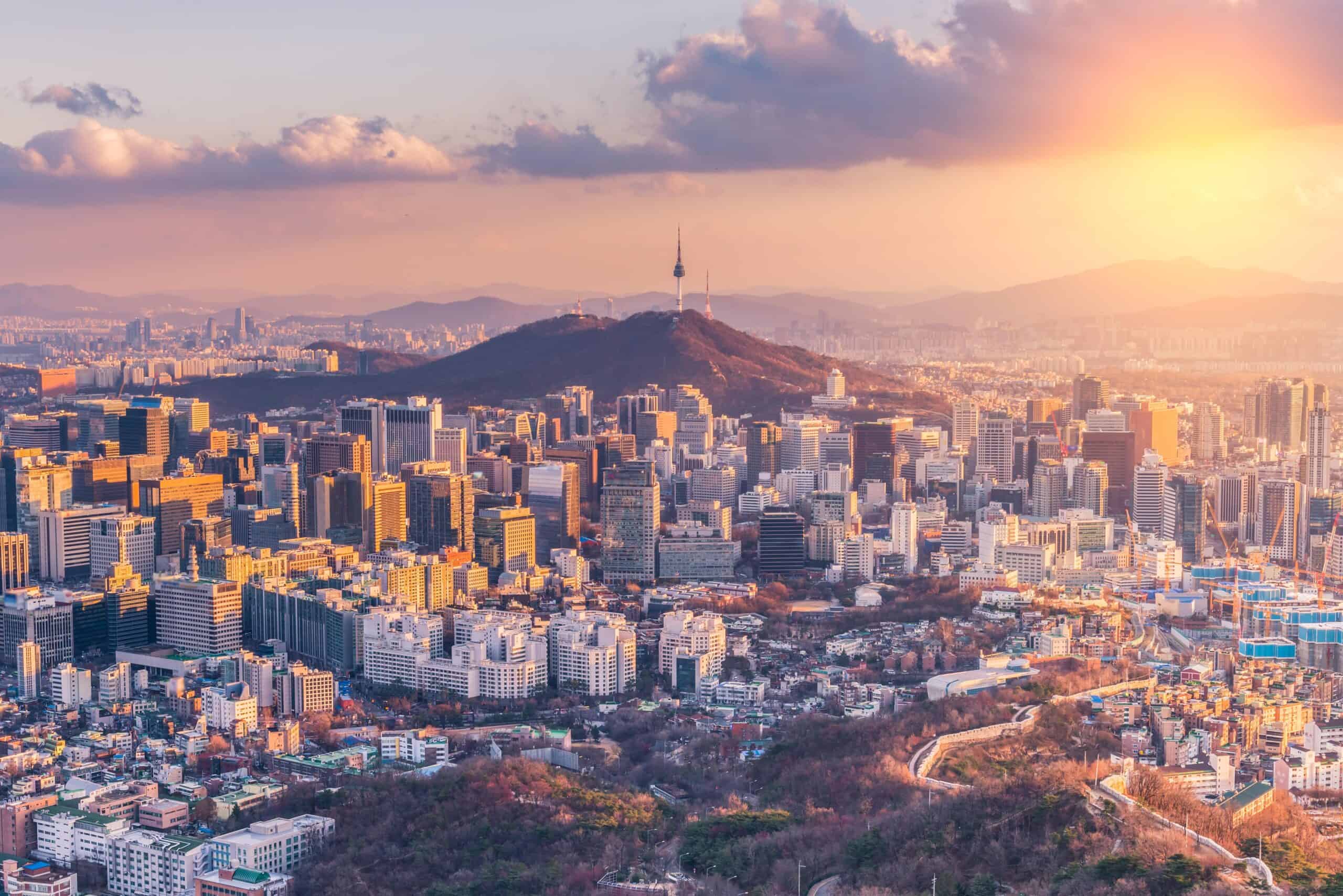
Japan annexed Korea as a colony in 1910 and tried to suppress Korean culture. The peninsula gave the Japanese a significant beachhead on the Asian mainland that made their subsequent attacks on China much more effective. After the war, Korea was divided into northern and southern zones of occupation and the Soviet Union set up a communist state in the north.
8. Laos
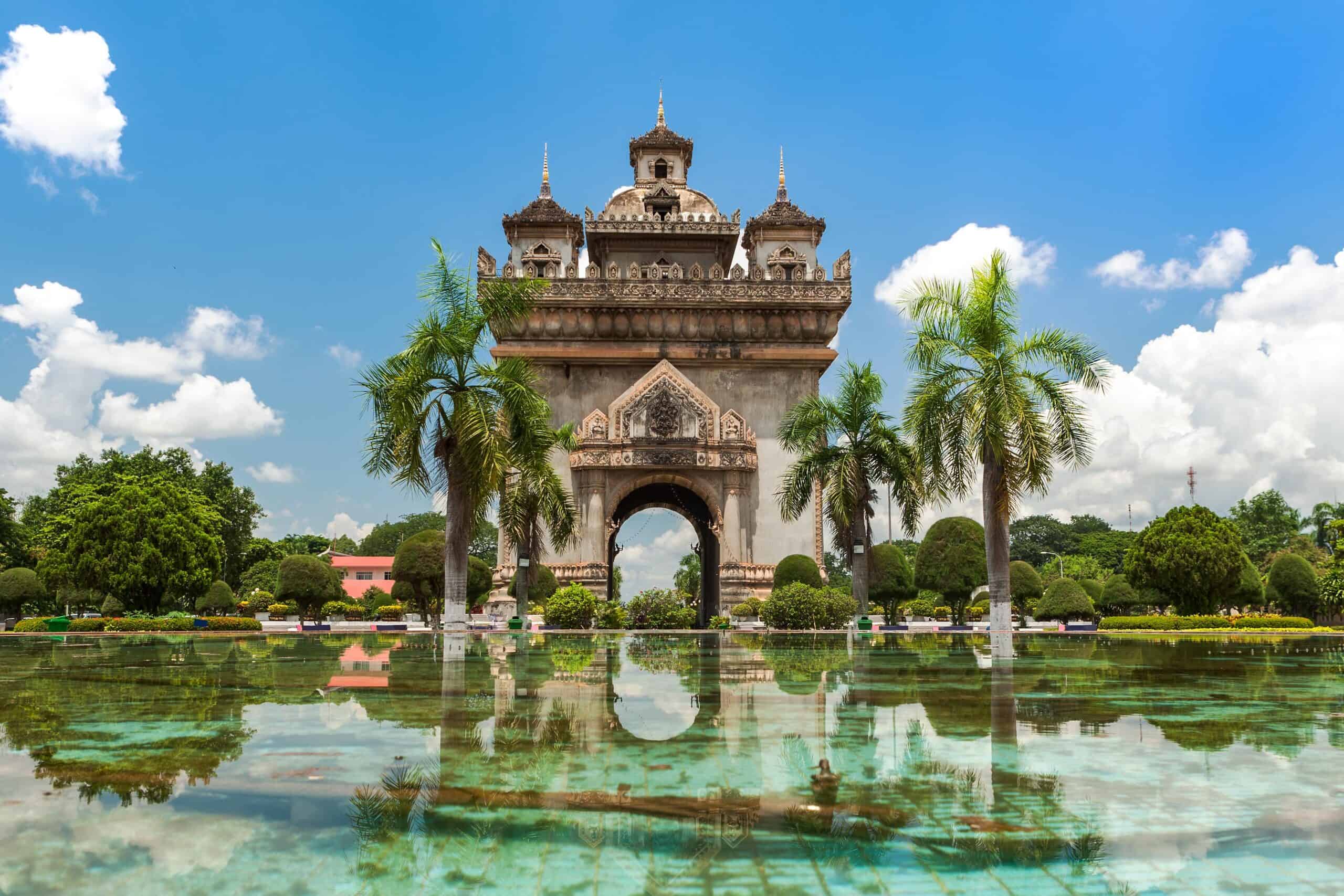
Laos was a part of French Indochina. Japan took it over in 1941 and didn’t leave until 1945. Today, it is one of the few remaining communist countries in the world.
9. Malaysia
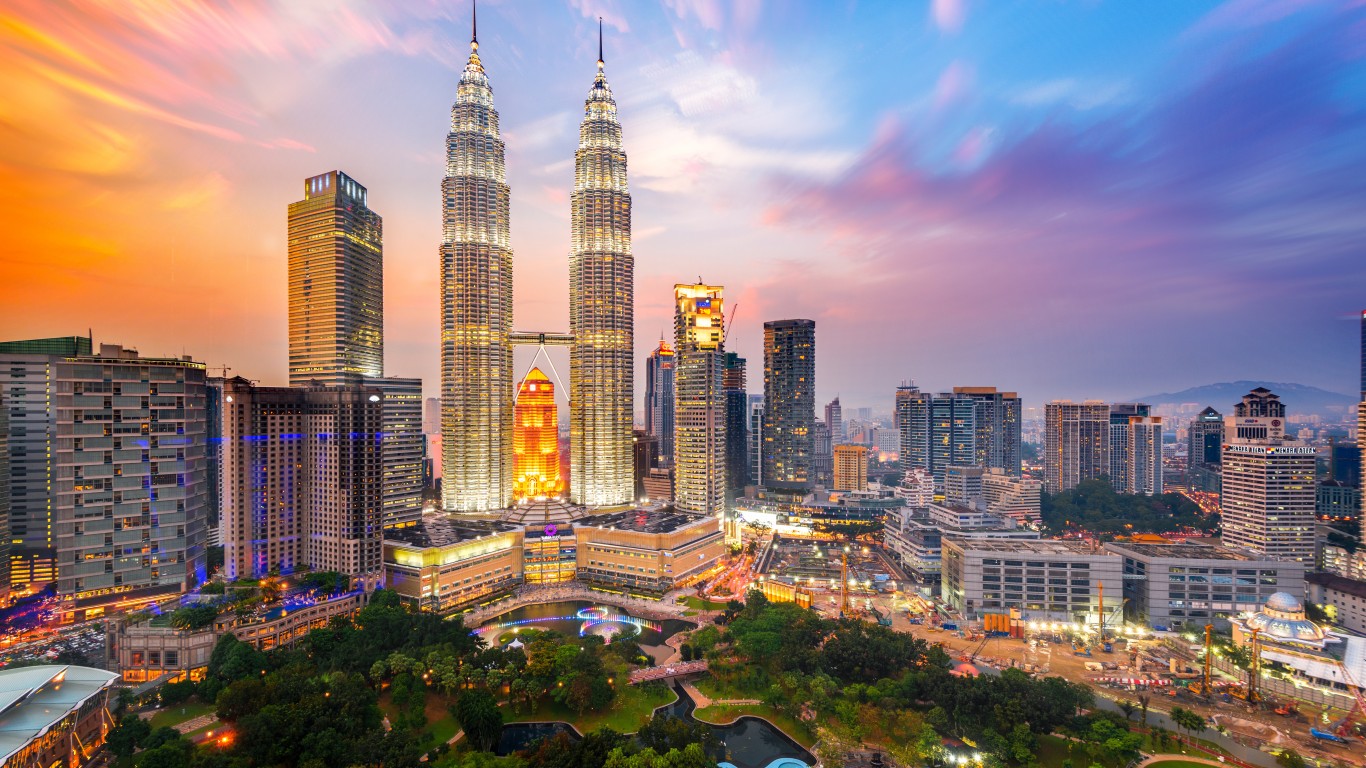
The modern country of Malaysia is split into two parts on the Malay Peninsula and the northwestern coast of the island of Borneo. Before the war it was a British colony and was occupied by the Japanese from 1941-1945.
10. Marshall Islands
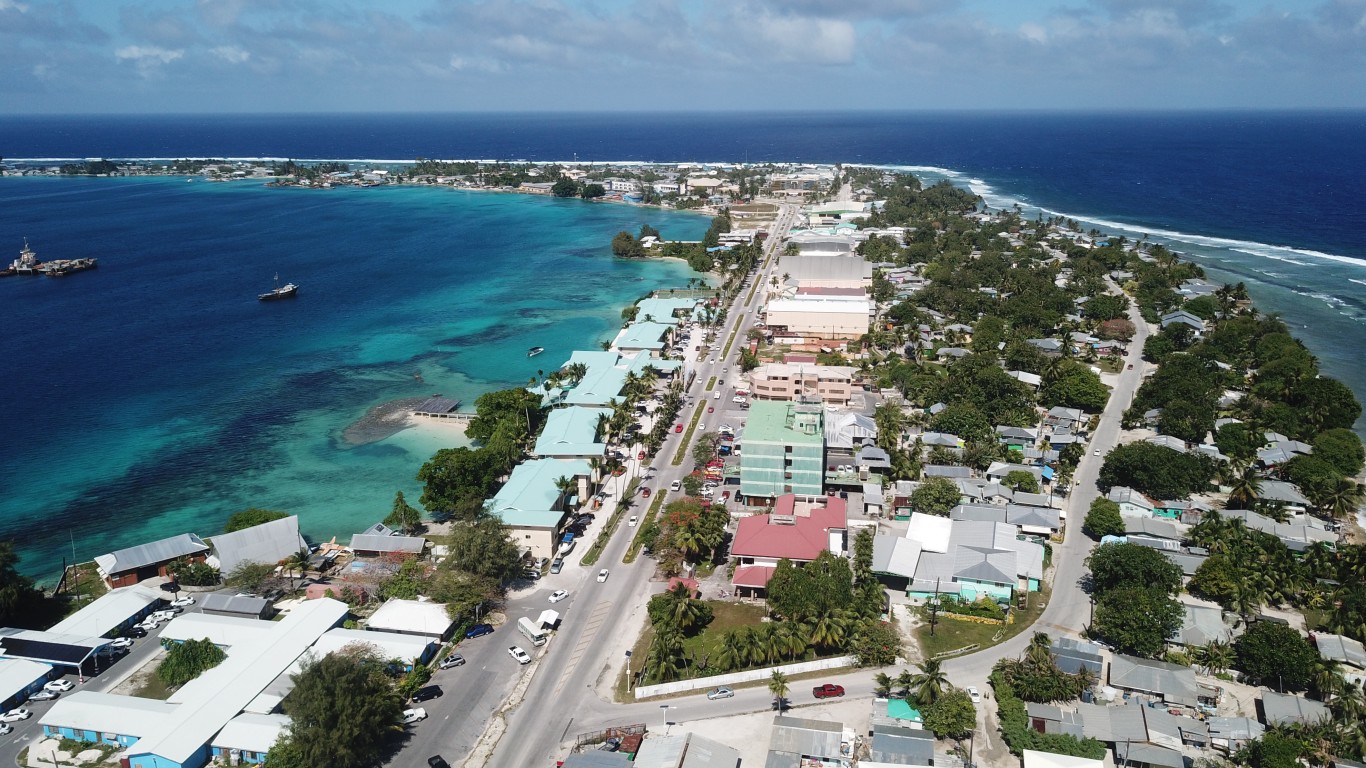
The Marshall Islands were a Spanish colony and later a German one before the Japanese took control of them in 1914. The occupation lasted until 1945, when the Marshall Islands became a U.S. trust territory. They became independent in 1986.
11. Myanmar
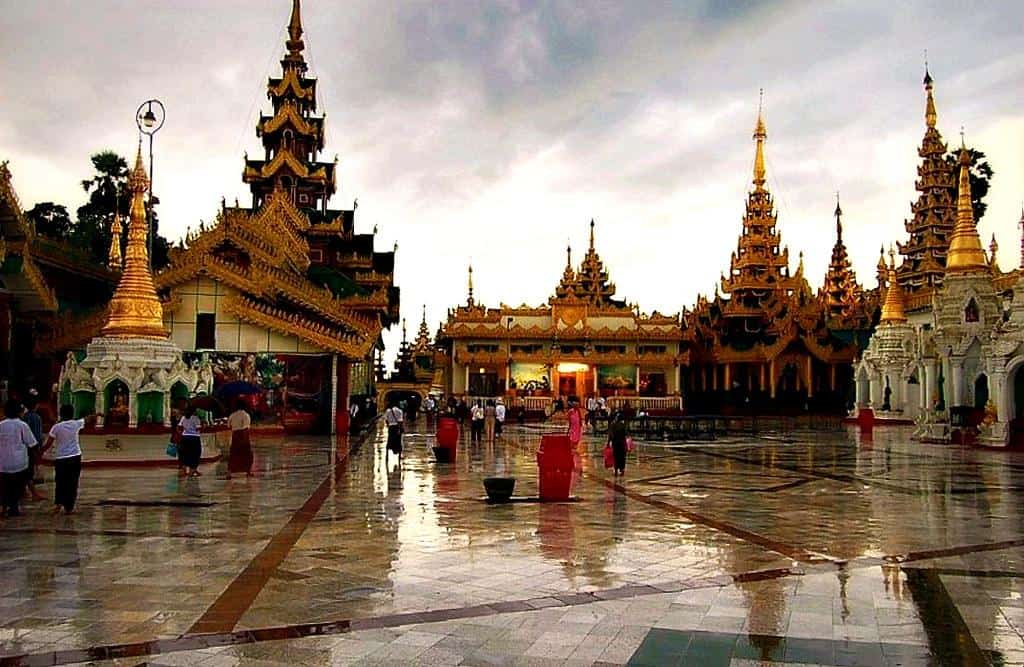
Myanmar was called Burma before World War II and was a British colony, along with neighboring India. Japan took it over for its resources in 1942. The allies recaptured it in a counteroffensive in 1944 with difficult jungle fighting.
12. Nauru
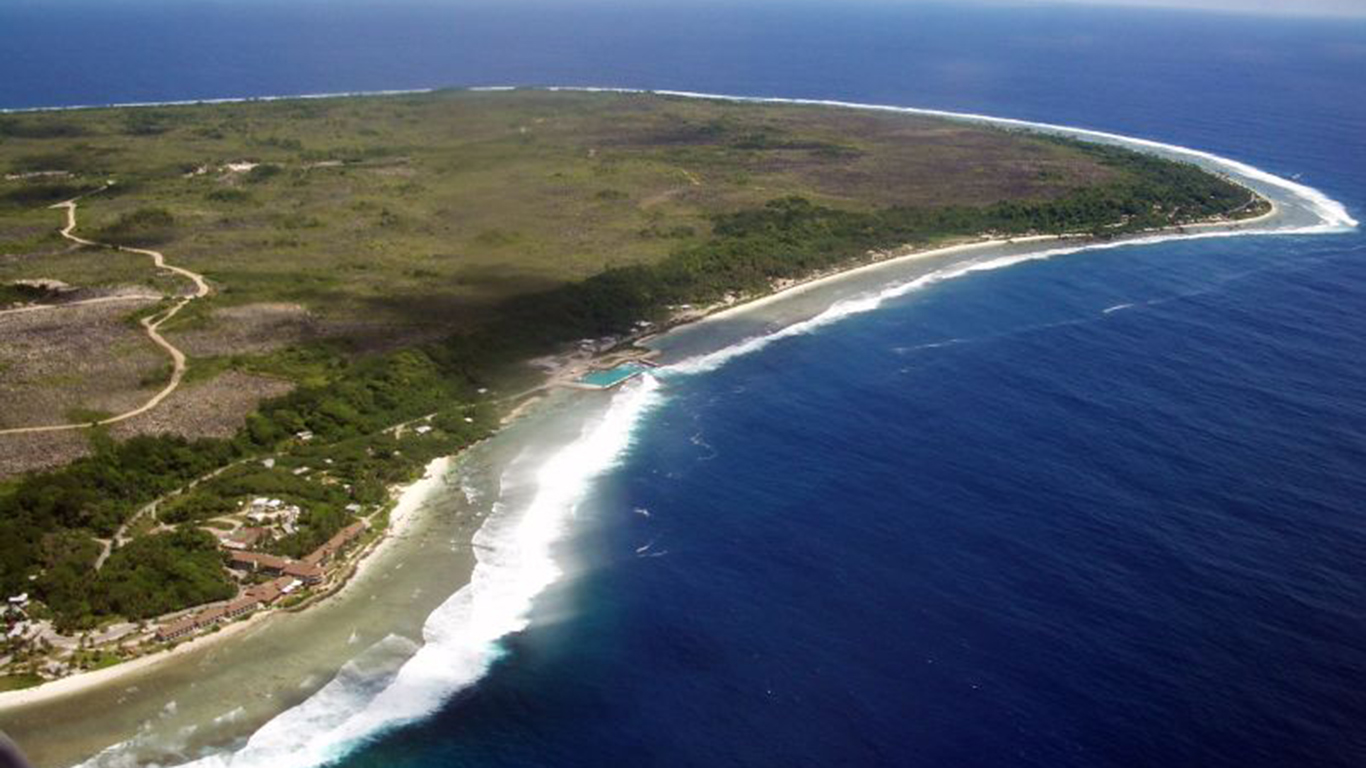
Nauru is a small island nation with a population of less than 11,000 people today. Despite its small size, it was economically important as a source of phosphate, an important industrial element. Ruled by Germany and then Japan, from 1942-1945. After the war it came under joint Australian, British, and New Zealand administration before becoming independent in 1968.
13. Palau
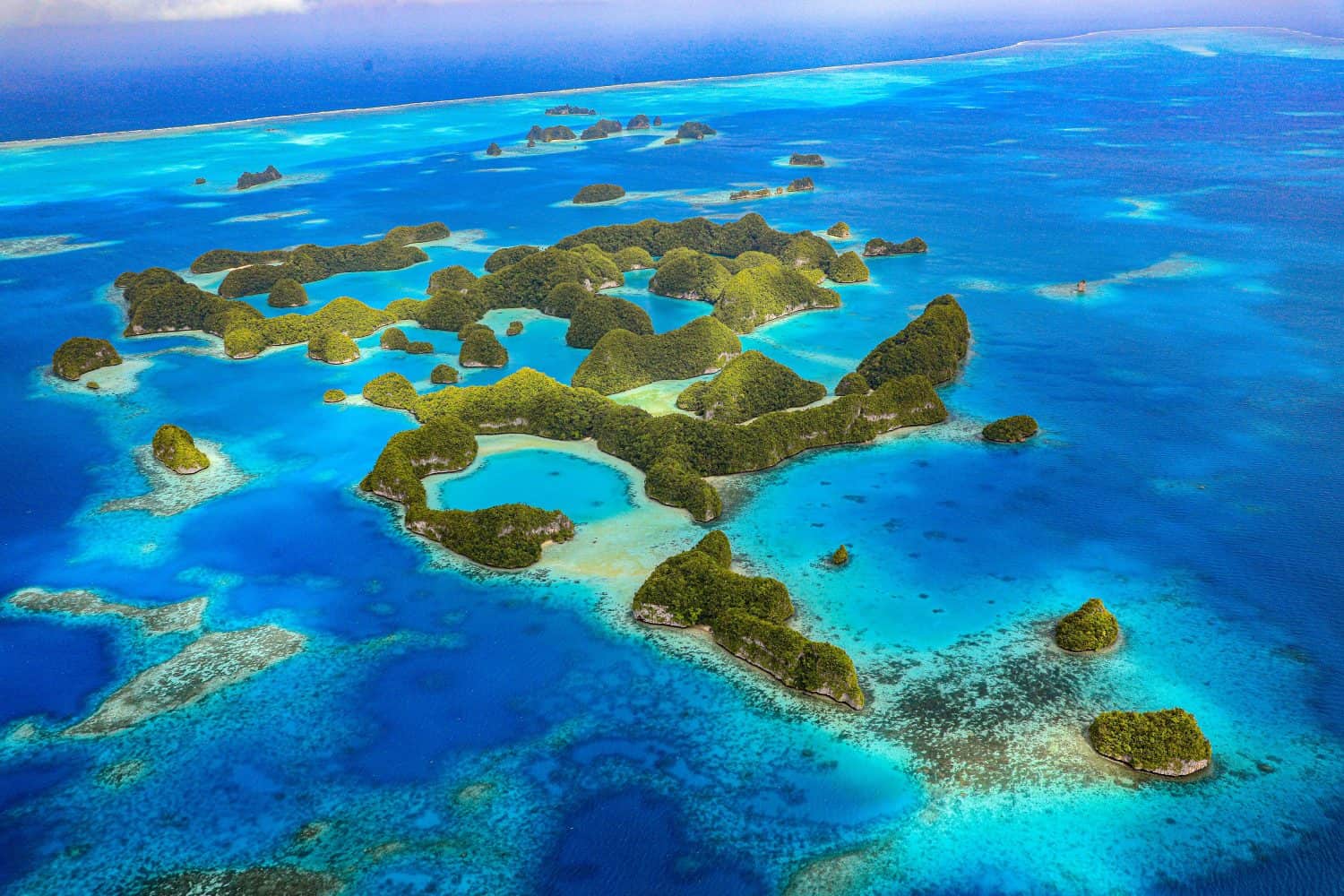
Palau was part of the South Seas Mandate entrusted to Japan by the League of Nations after Germany, the colonizing power, was defeated in World War I. The islands were under Japanese rule from 1920-1945. The United States controlled it as a United Nations trust until 1994. Although independent, it has a close connection with the United States in a Compact of Free Association.
14. Papua New Guinea
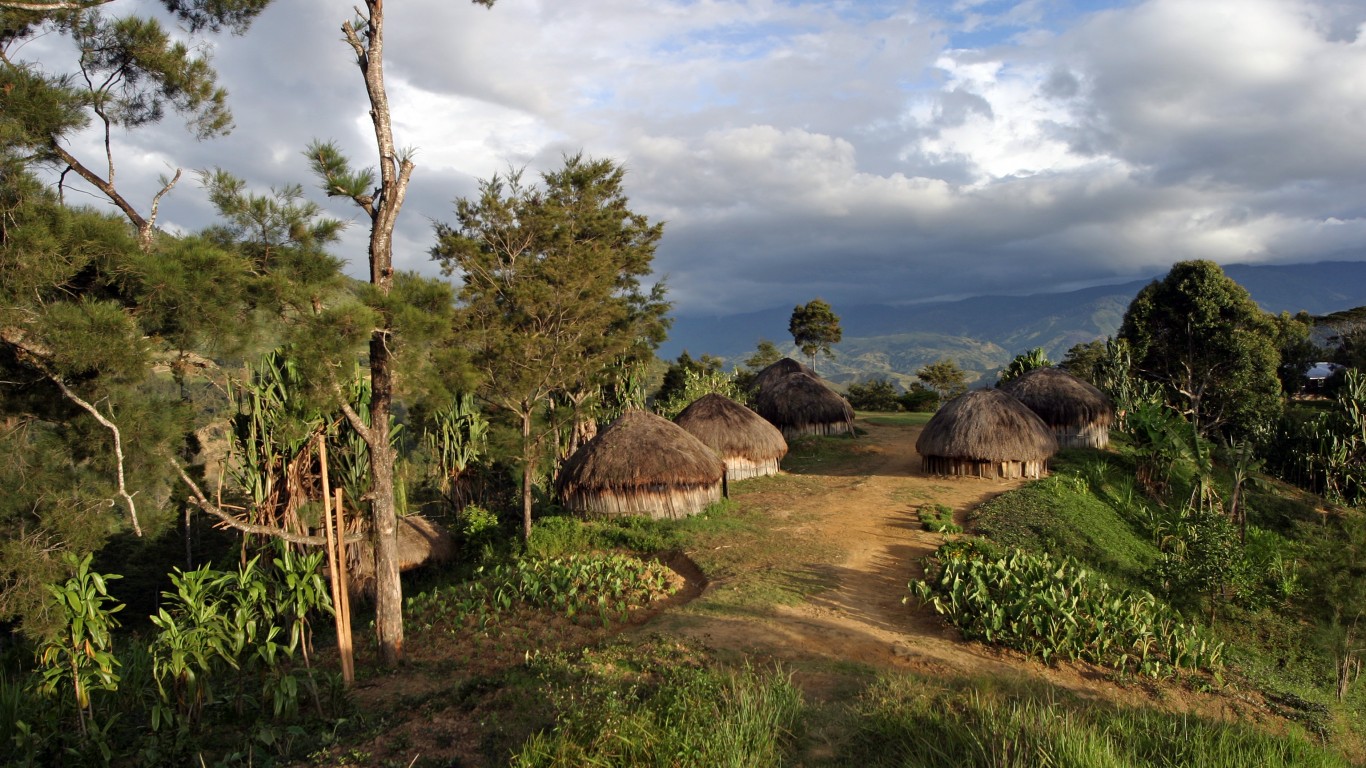
Papua New Guinea was divided between the German and British empires before World War I but administered by Australia starting in 1920. Japan occupied the country from 1942-1945, along with neighboring Indonesia. The allies fought hard battles to liberate the territory, and after the war it reverted to Australian administration. It declared independence in 1975.
15. Philippines
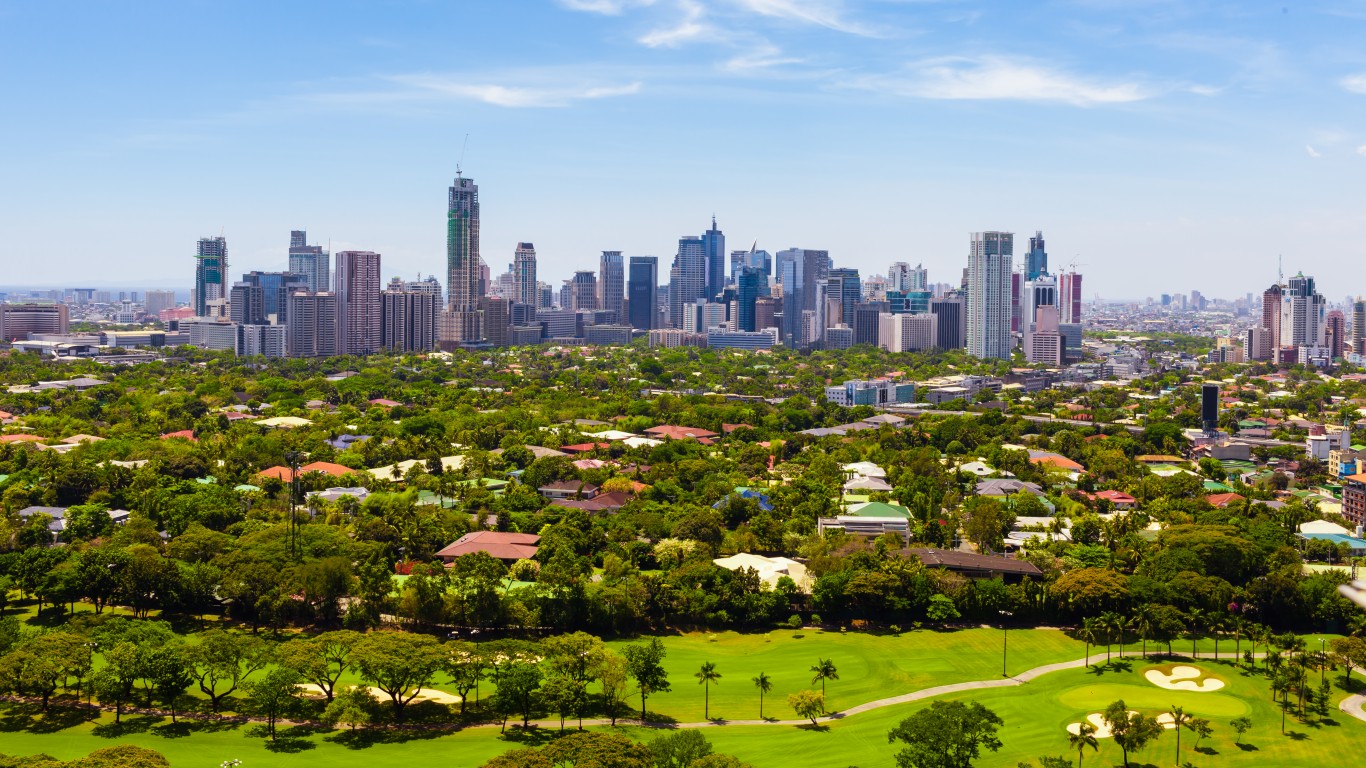
The United States acquired the Philippines from Spain in 1898 for $20 million after winning the Spanish-American War. The Japanese invaded just a few hours after the attack on Pearl Harbor in 1941. After intense battles, U.S. and Filipino troops freed the islands in 1945, about a month before the atomic bombing of Hiroshima and Nagasaki, and they became an independent country the following year.
16. Russia
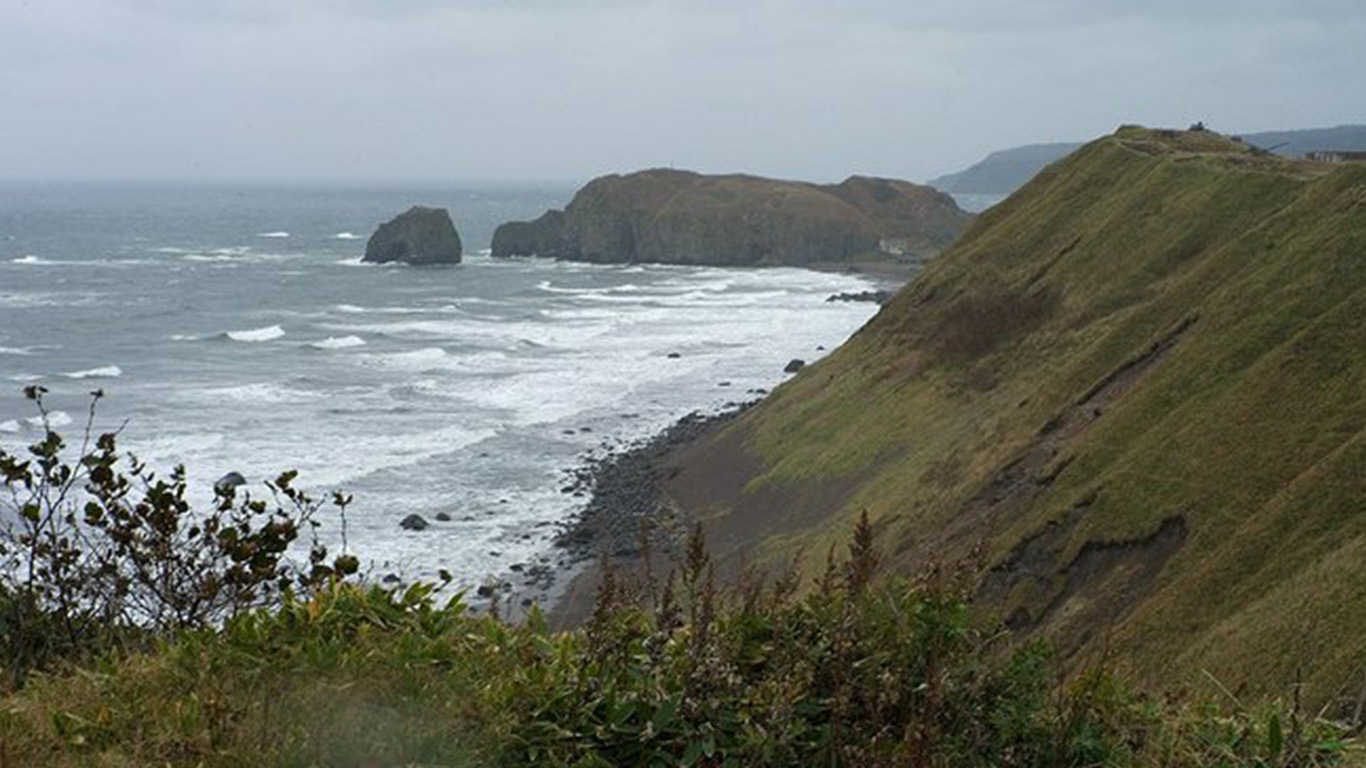
The Soviet Union declared war on Japan only a few days after the war was effectively ended by American atomic bombs. This gave them the grounds to claim Japanese territory, including Sakhalin Island and the Kuril islands. The southernmost of the Kuril Islands is only 25 miles from the Japanese island of Hokkaido. To this day, Japan and Russia do not have a peace treaty for the end of World War II hostilities as Japan still claims several of the southernmost Kuril Islands.
17. Singapore
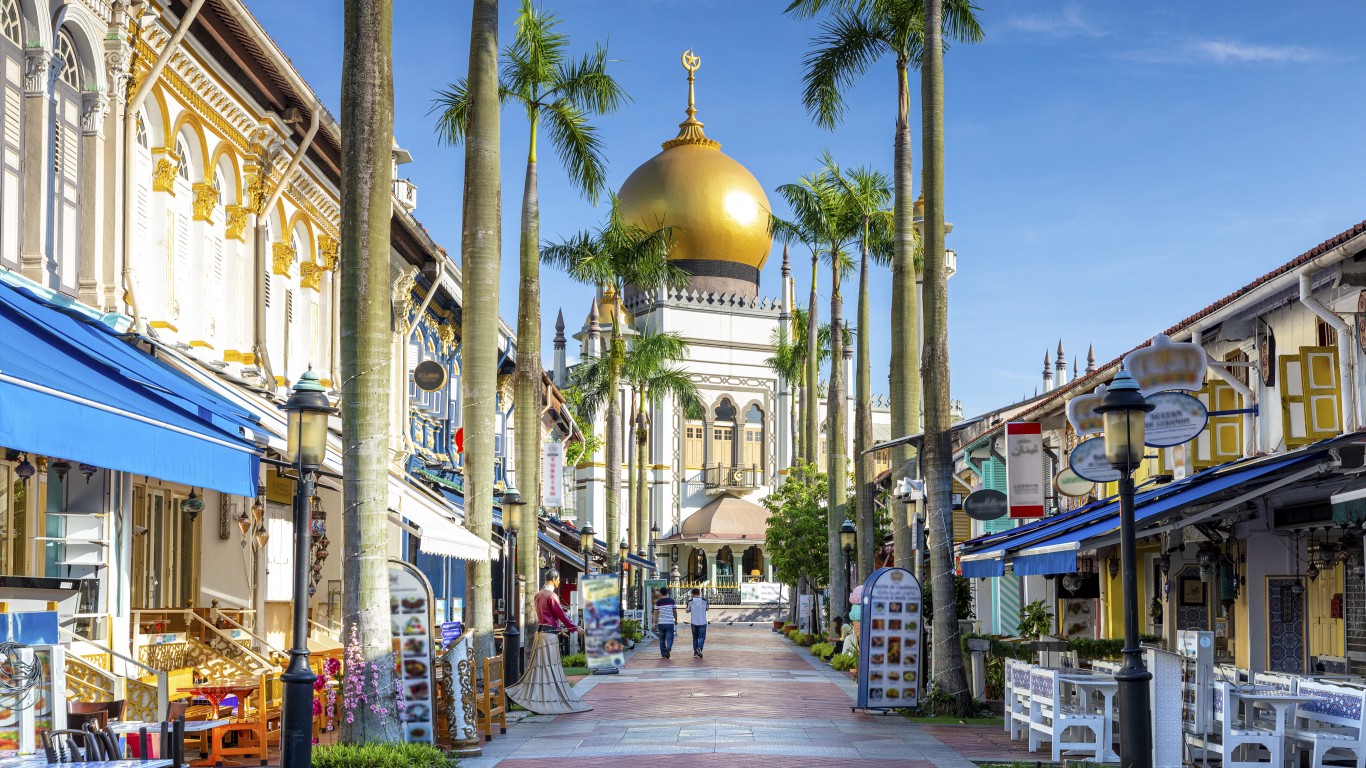
Singapore, a wealthy city-state at the tip of the Malay Peninsula, was under British control until the Japanese occupation from 1942-1945.
18. Solomon Islands
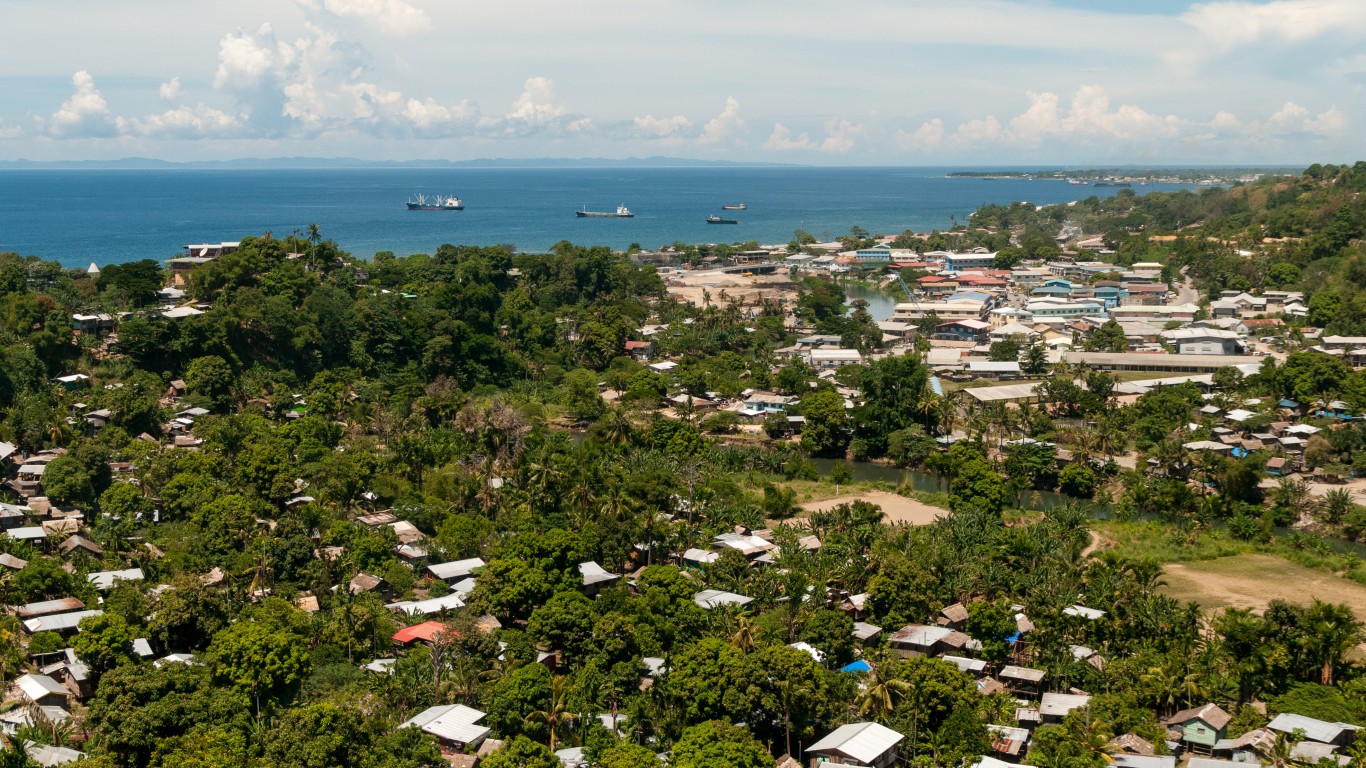
The Solomon Islands to the east of Papua New Guinea were under British administration before the war but were occupied by Japan starting in 1942. The following year, an allied counteroffensive ejected the invaders from Guadalcanal and was considered a major turning point that began reversing the tide of the war in the South Pacific.
19. Taiwan
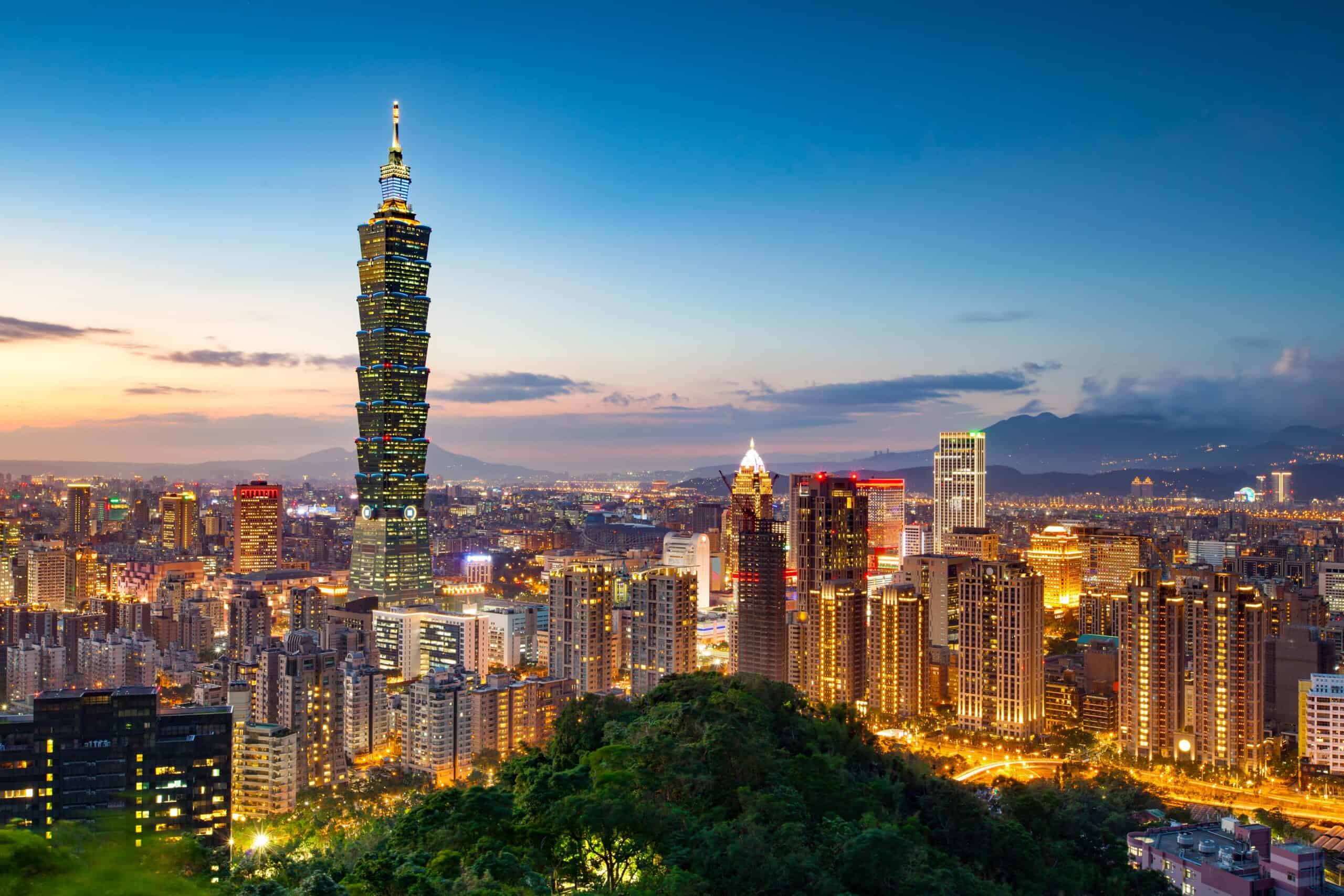
Taiwan was under Japanese rule for 50 years before World War II, starting in 1895, but was liberated in 1945. After the war, the Chinese civil war restarted. As the tide on the mainland turned toward the communists, the nationalist forces retreated to Taiwan in 1949, with about 2 million civilian and military personnel taking refuge there. This is still an unresolved problem, as the People’s Republic of China still claims the island and may attempt to retake it by force.
20. Thailand
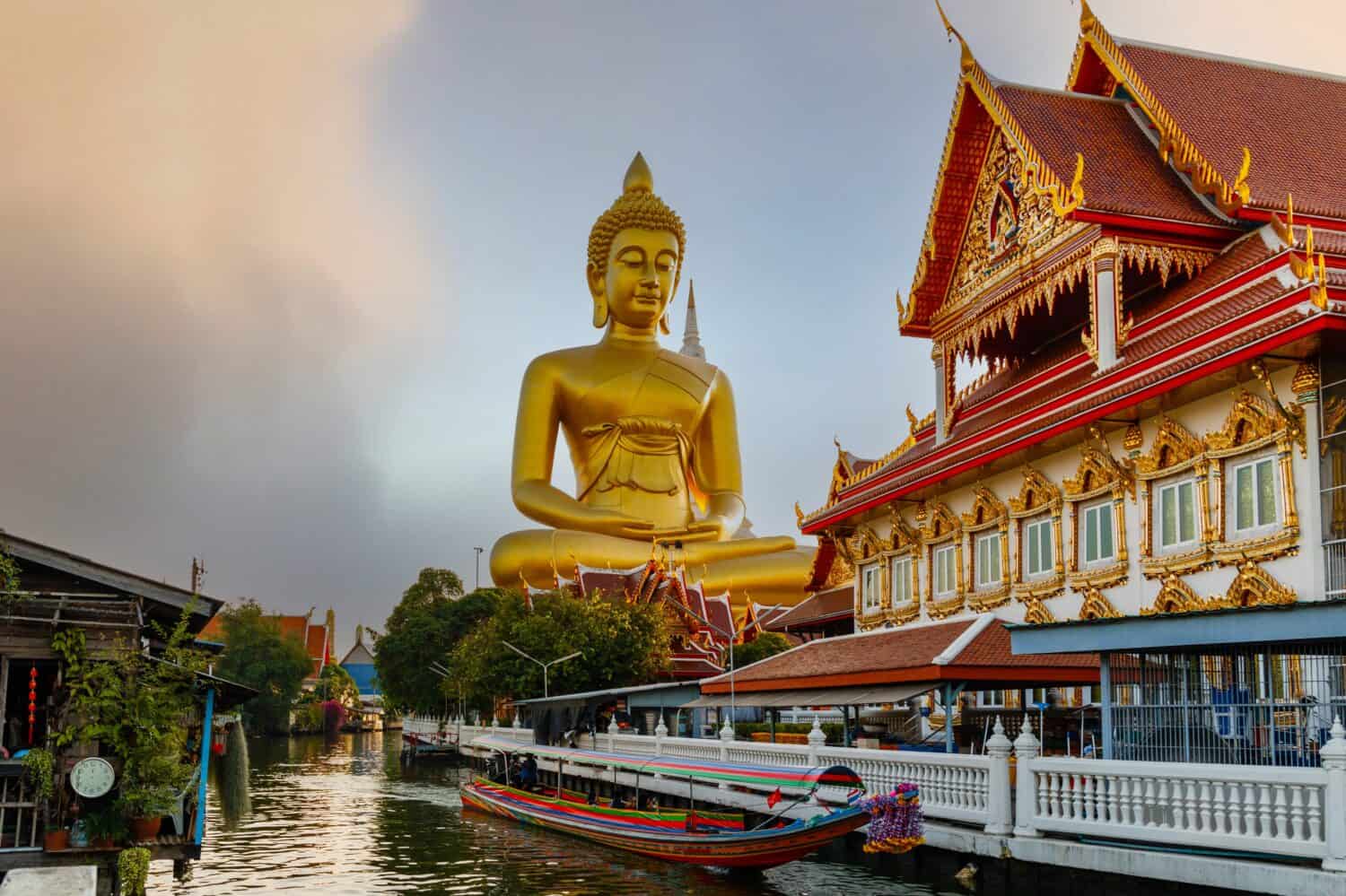
Thailand successfully avoided European colonization despite being surrounded by British and French territories. Japan took it over from 1941-1945, however, as it provided a strategic overland link between their conquests in Indochina, Malaysia, and Myanmar.
21. United States (Pacific Islands)
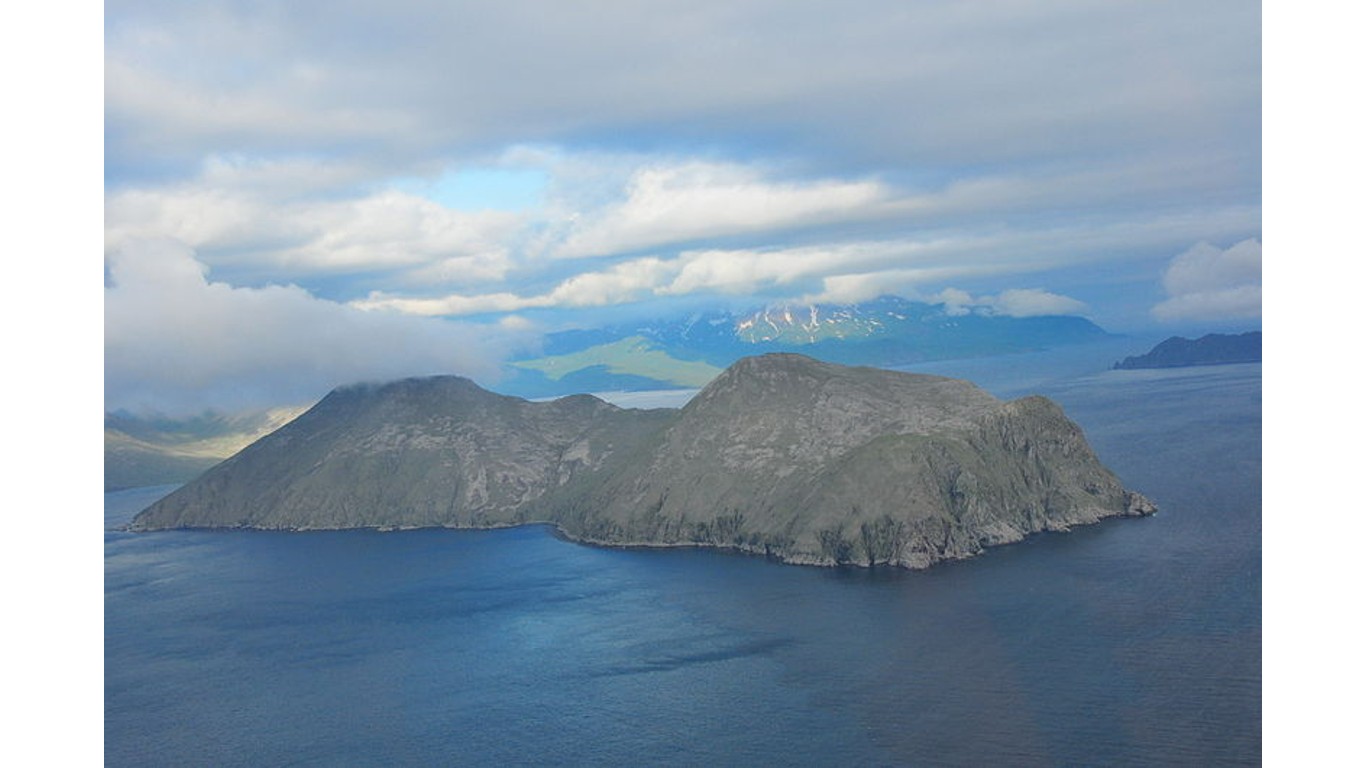
Japan occupied several islands in the Pacific that are in 2024 still part of the United States. Before the war, they were all territories, not part of any of the 48 states that existed at the time.
Alaska
Alaska didn’t become a state until 1959, so during World War II it was still a territory. But it is the only current state of the United States that had part of its territory occupied by Japan. From 1942-1943 the Japanese occupied the westernmost islands of the Aleutian chain, Attu and Kiska. These are so remote from the rest of the country they are actually 500 miles closer to Japan than they are to Washington state. Americans retook the islands with a naval bombardment and about 15,000 troops in a 19-day battle that involved hand-to-hand combat against entrenched Japanese troops. Both islands today are uninhabited and are part of the Alaska Maritime National Wildlife Refuge.
Guam
Guam is one of the territories the U.S. acquired from Spain in 1898 at the end of the Spanish-American War. Japan took it over in 1941 after the attack on Pearl Harbor. The U.S. retook it in a the Battle of Guam in 1944. It is still an American territory and a vitally important strategic base in the western Pacific.
Wake Island
Wake Island is actually a group of three islets in such a remote location of the central Pacific, the next nearest land is about 600 miles away. It was uninhabited and unclaimed until the United States claimed it in 1899, so of all Pacific American territories, it perhaps has the best claim to being indisputably American. In 1941 the Japanese initially failed in a first attempt to capture it but took it on their second try. The United States liberated the island in 1945.
22. Vietnam
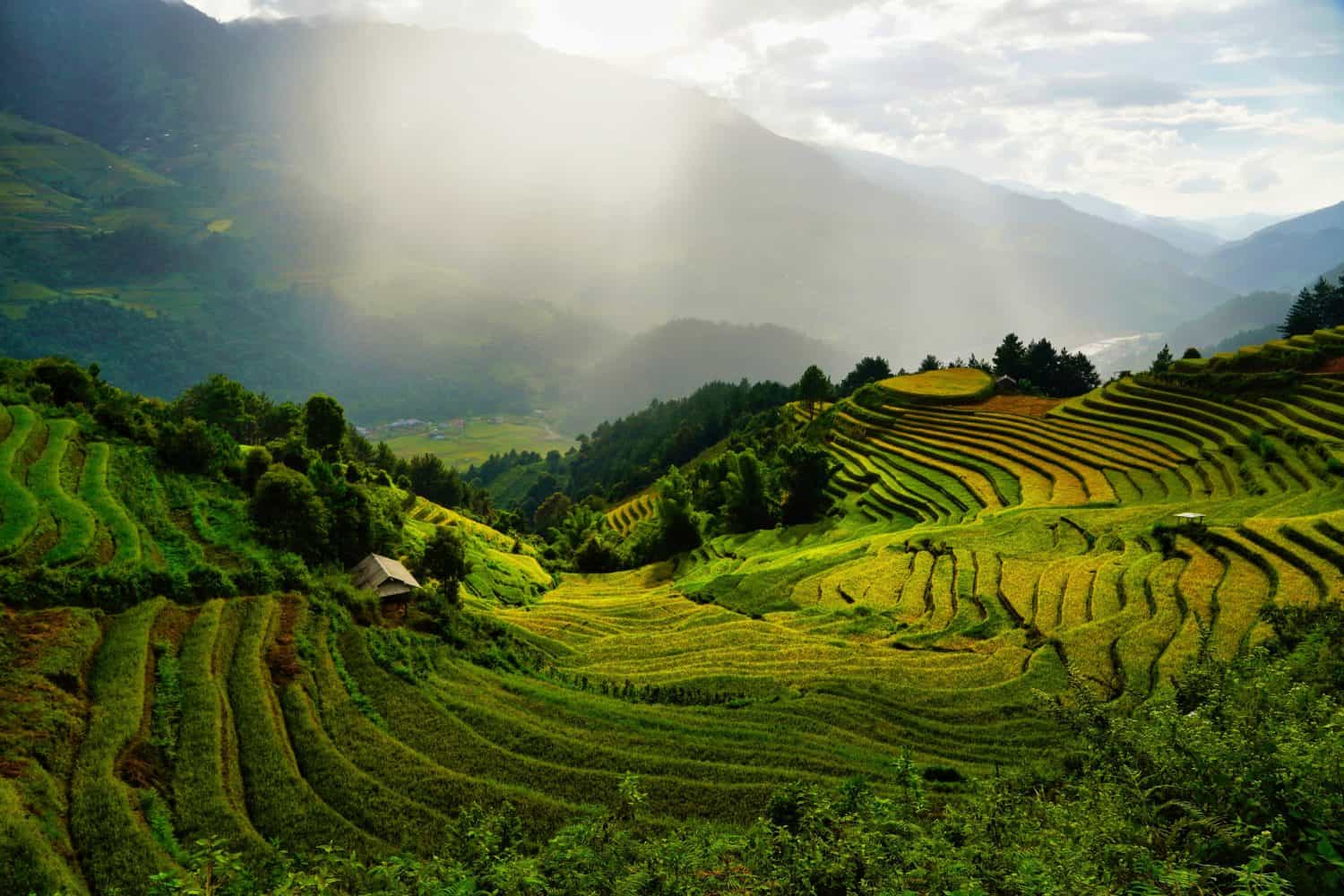
Vietnam, a French colony before the war along with neighboring Laos and Cambodia, came under Japanese rule in 1940 and was not liberated until 1945. After the war, France tried to reassert control and fought a protracted war against communist rebels, who established their authority in the north of the country. The United States got gradually more involved in the war until the North Vietnamese won the war and united the country under communism in 1975.
Take Charge of Your Retirement In Just A Few Minutes (Sponsor)
Retirement planning doesn’t have to feel overwhelming. The key is finding expert guidance—and SmartAsset’s made it easier than ever for you to connect with a vetted financial advisor.
Here’s how it works:
- Answer a Few Simple Questions. Tell us a bit about your goals and preferences—it only takes a few minutes!
- Get Matched with Vetted Advisors Our smart tool matches you with up to three pre-screened, vetted advisors who serve your area and are held to a fiduciary standard to act in your best interests. Click here to begin
- Choose Your Fit Review their profiles, schedule an introductory call (or meet in person), and select the advisor who feel is right for you.
Why wait? Start building the retirement you’ve always dreamed of. Click here to get started today!
Thank you for reading! Have some feedback for us?
Contact the 24/7 Wall St. editorial team.

